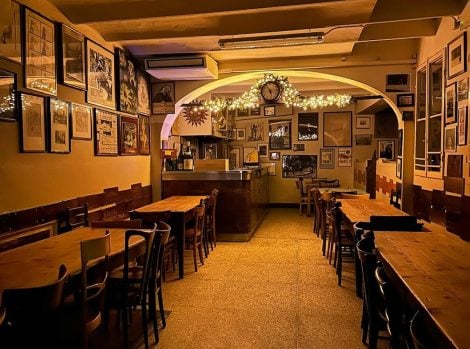by Rudy Travagli - Restaurant Manager e Sommelier Enoteca La Torre a Villa Laetitia
Dear customer, you should know that among the gastronomic heresies marking the decline of good taste, pouring water into wine deserves a place of honour. A gesture that still today provokes looks of horror from sommeliers, grimaces of disgust from true connoisseurs, and perhaps even a tear from winemakers. And yet, it hasn’t always been this way.
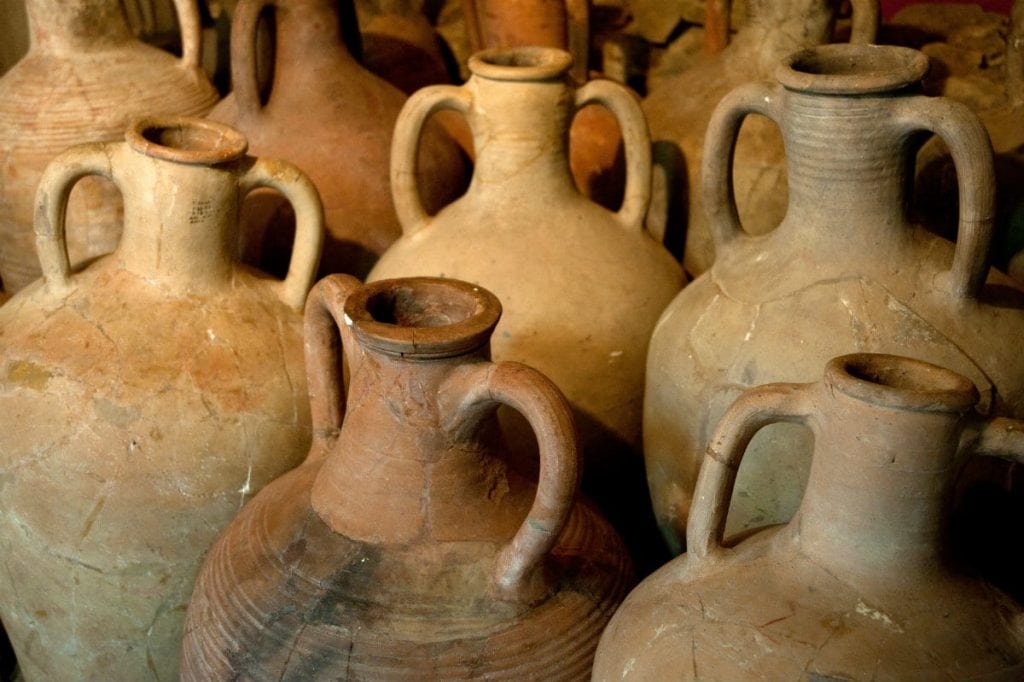
The evolution of a crime
The Greeks and Romans diluted their wine. True. But before anyone celebrates while raising their glass, it’s worth clarifying that they did so because the wine of the time was far more alcoholic and lacked modern refinement. It was an act of survival, not one of tasting pleasure. Homer wrote of wine mixed with twenty parts water, something that would make any respectable oenologist pale today.
The Romans, who knew a thing or two about the pleasures of the table, mixed it with water to avoid ending up under the table after the first glass. For them, drinking pure wine (merum) was considered a sign of barbarism or excess—something only drunkards, gladiators, and uncivilised peoples (like the Gauls) would do.
The 19th century and the decline of ignorance (or almost)
With the birth of modern oenology and ageing techniques, the habit of diluting wine was reduced to a plebeian practice. The French nobility of the 19th century considered adding water an act unworthy of bourgeois refinement.
In Italy, Pellegrino Artusi spoke of it in the tone of someone witnessing a cold-blooded crime: water and wine must remain separate, full stop. Despite this, in the countryside, the habit of watering down table wine lingered for decades, often because of poor quality. But today, in a world where we can drink Barolo or Brunello as they were meant to be enjoyed, what excuse is there?
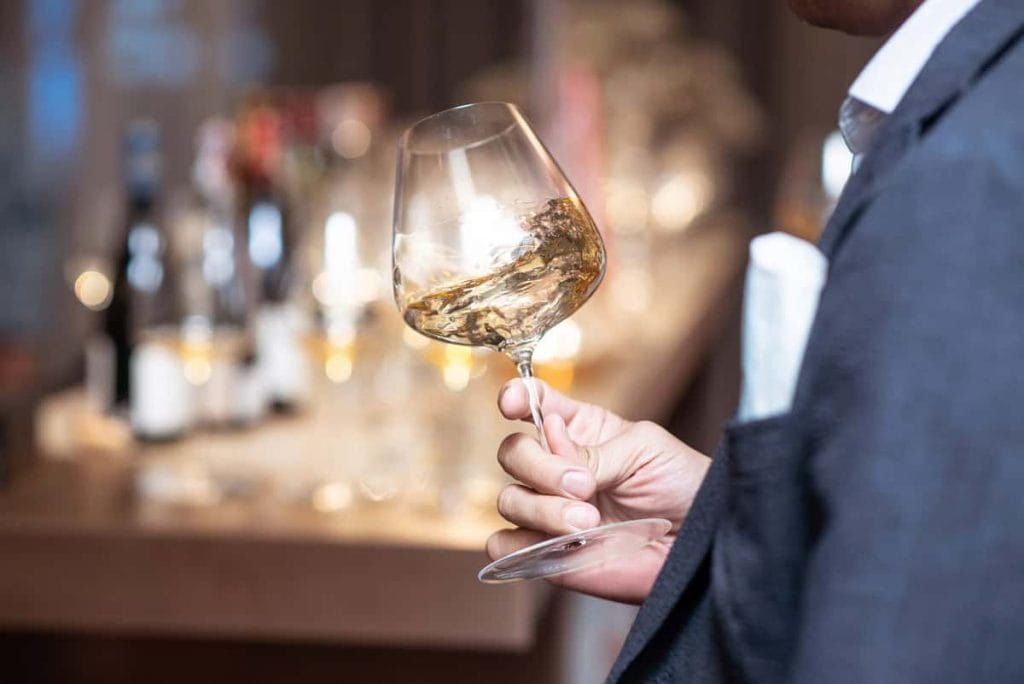
The perfect crime: why it’s an abomination today
Diluting a fine wine is like watering down a Beethoven symphony with white noise. The structure, balance, and aromatic complexity of a great wine are built on a precisely crafted harmony.
Beyond the taste aspect, it’s also a matter of etiquette: in a restaurant, a customer who pours water into wine sends an unmistakable signal of amateurism, much like someone asking for ketchup on a Florentine steak or breaking spaghetti before cooking them. There’s no law against it, of course. But some things, out of good sense and respect, simply shouldn’t be done.
Knowing how to drink is an act of civilisation
Drinking wine is not a random act. Every bottle carries the work of winemakers who have battled against time, the elements, and fleeting trends to create something unique. Who are we to dilute its soul? If you want a lighter wine, there are options with loweralcoholcontent —fresher, softer. But water in the glass? No. Never.

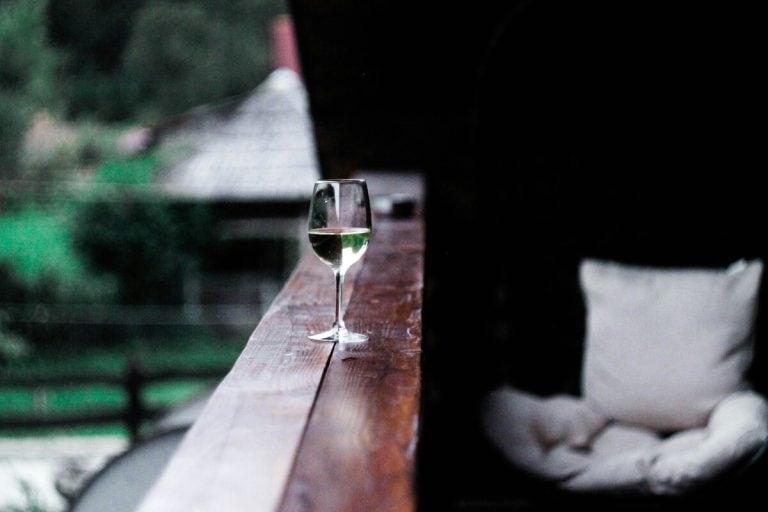
 Versace opens a super hotel with an Italian restaurant. Here's what Donatella Hotel & Restaurant in Miami will be like
Versace opens a super hotel with an Italian restaurant. Here's what Donatella Hotel & Restaurant in Miami will be like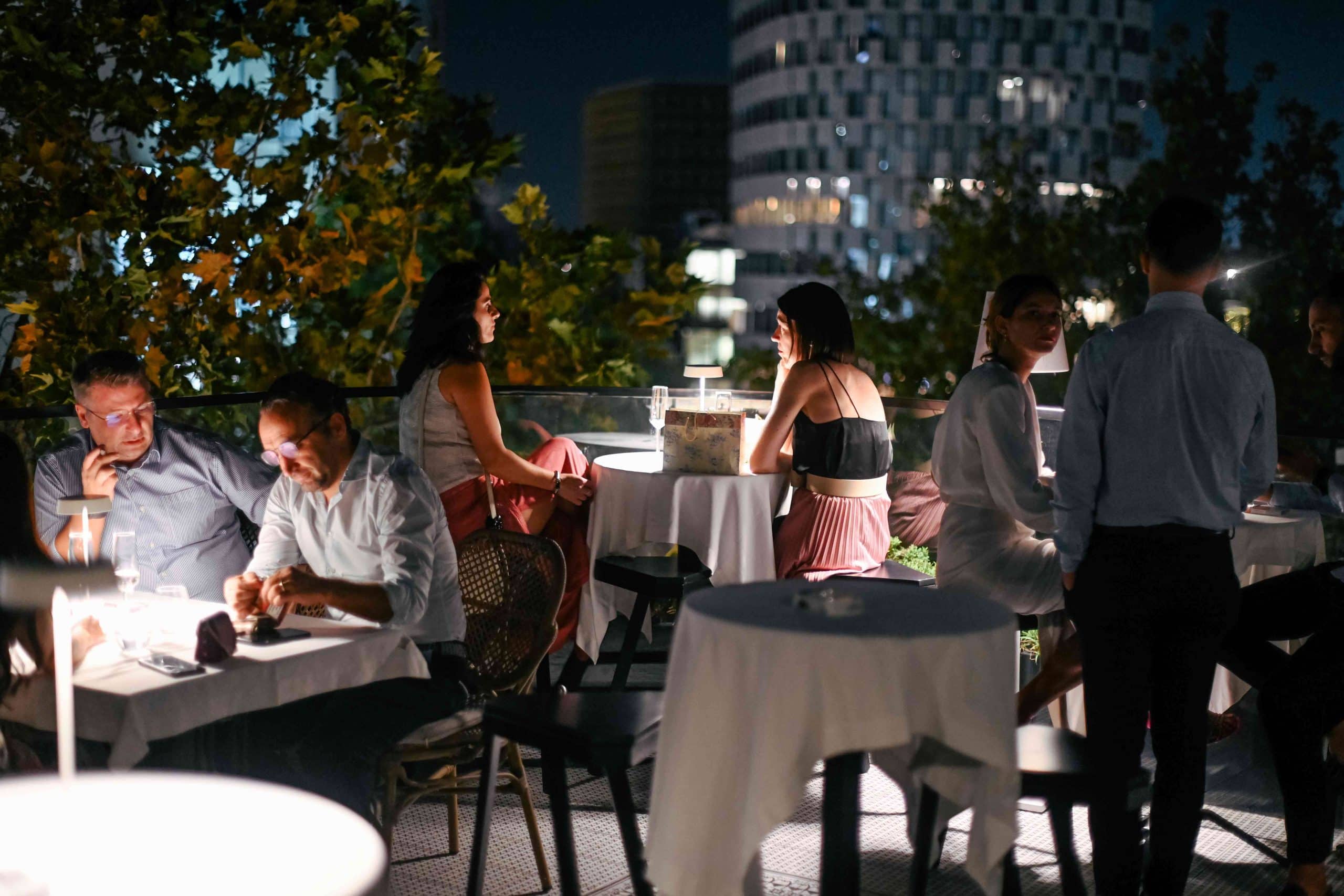 At The Crown Tirana, service and quality at the highest levels
At The Crown Tirana, service and quality at the highest levels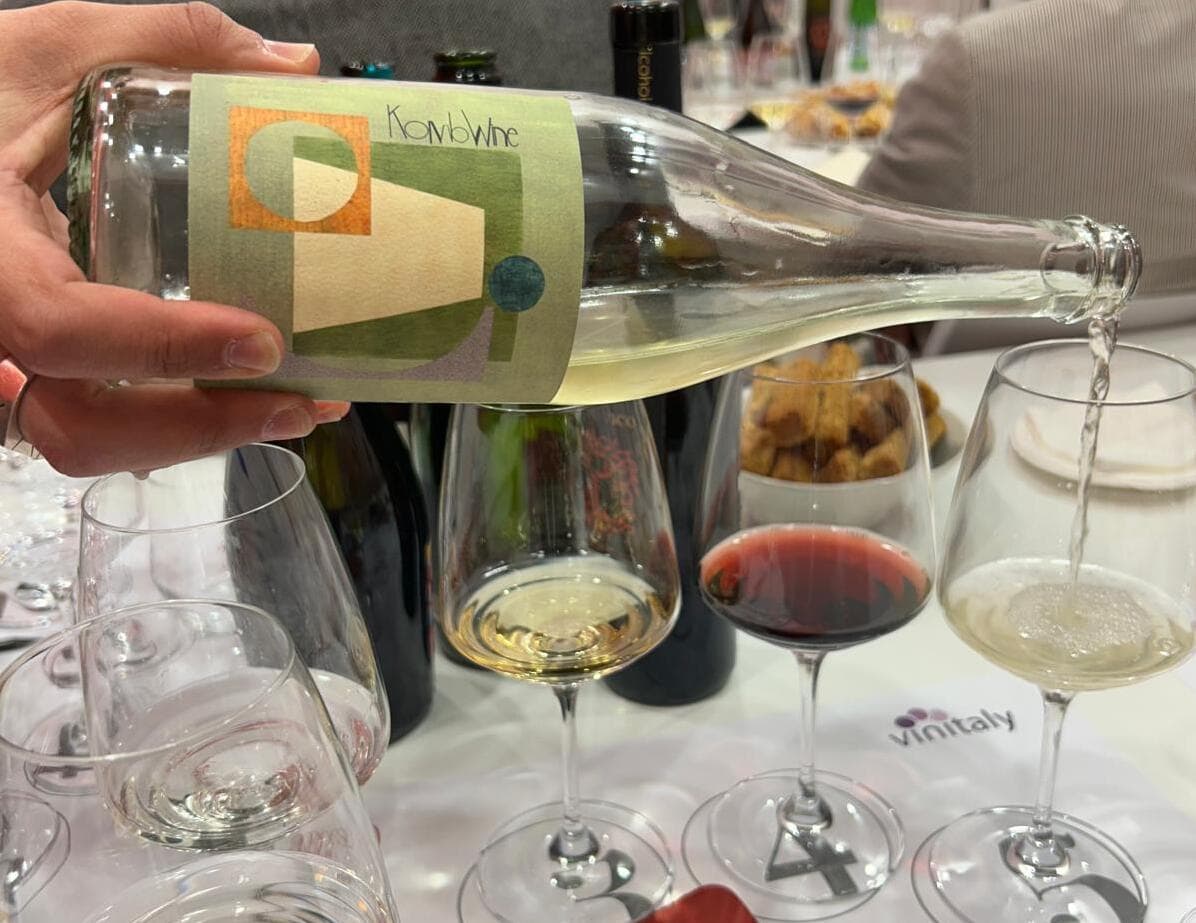 We tasted Komb(w)ine, the new product that combines grape must and kombucha. Here’s our verdict
We tasted Komb(w)ine, the new product that combines grape must and kombucha. Here’s our verdict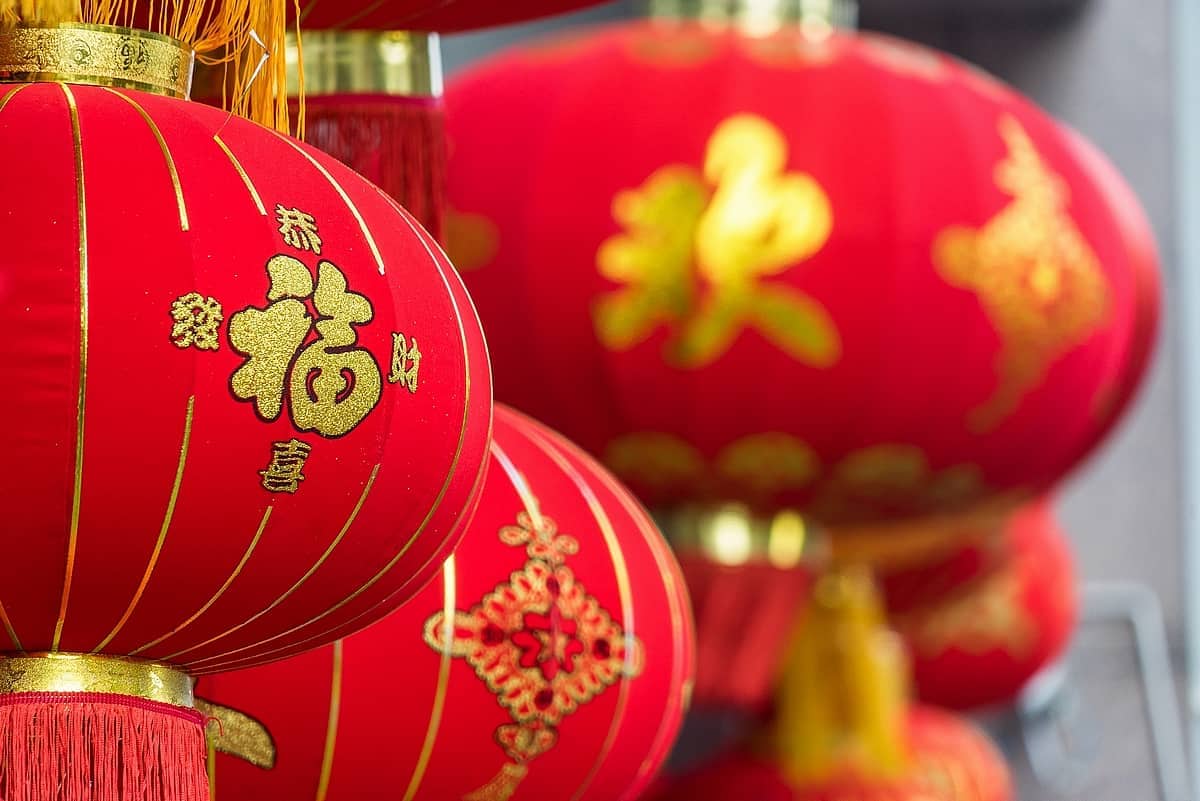 What changes for the export of Italian wines to China under the new regulations?
What changes for the export of Italian wines to China under the new regulations?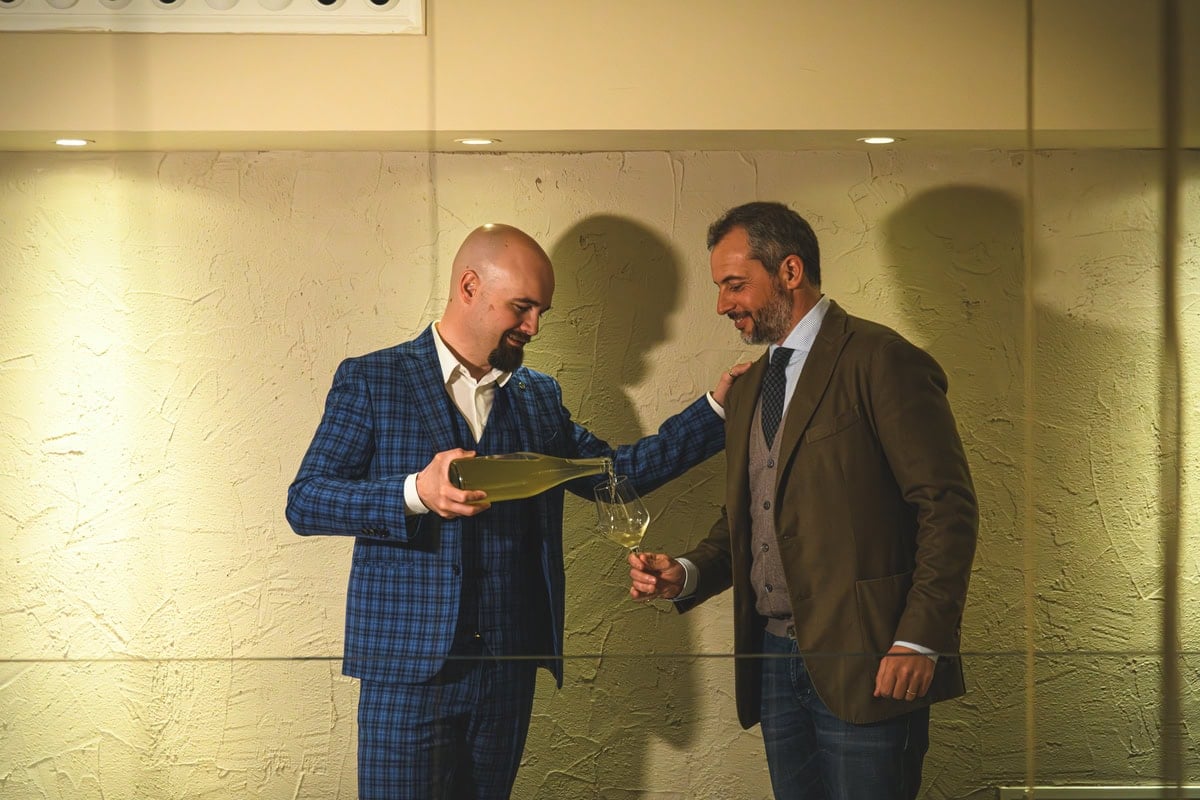 “Forget dealcoholised wines. The future is Komb(w)ine.” Moser and Ravizza present a new grape must-based product
“Forget dealcoholised wines. The future is Komb(w)ine.” Moser and Ravizza present a new grape must-based product


